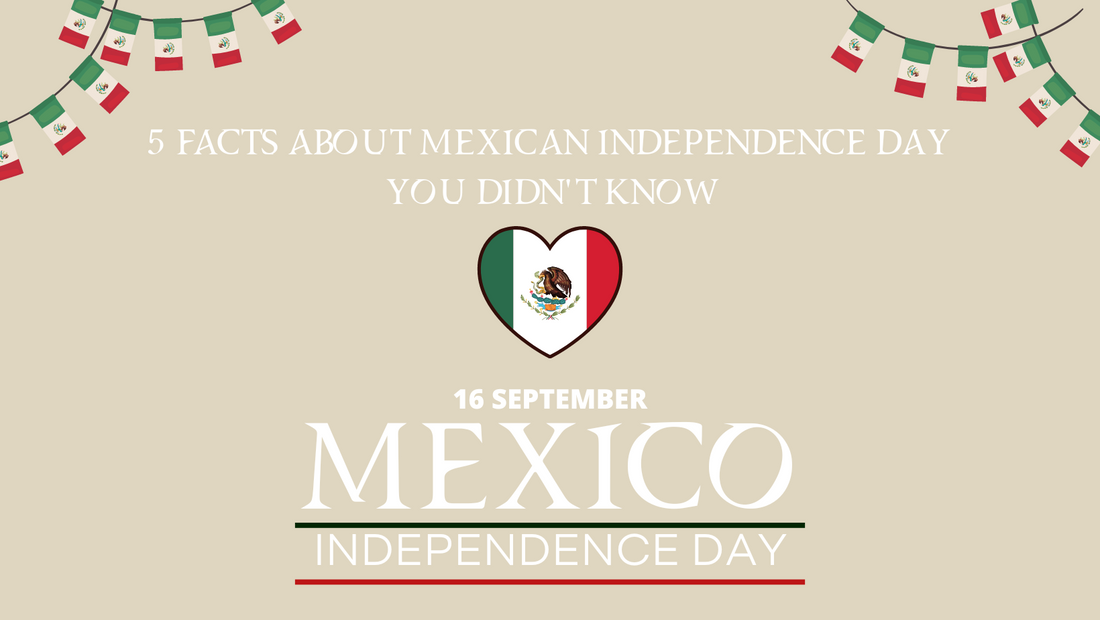When we think of Mexico, we often associate it with vibrant culture, delicious cuisine, and warm hospitality. However, there's more to this fascinating country than meets the eye. One of Mexico's most significant and celebrated events is its Independence Day. While many of us are familiar with the festive parades and colorful decorations that mark the occasion, there are several intriguing facts about Mexican Independence Day that you may not be aware of. Let's dive into the rich history and traditions behind this iconic holiday.
1. It Didn't Start on Cinco de Mayo
Contrary to popular belief, Mexican Independence Day does not fall on Cinco de Mayo (May 5th). Instead, it takes place on September 16th, commemorating the "Grito de Dolores" (Cry of Dolores), which marked the beginning of the Mexican War of Independence in 1810. Cinco de Mayo, on the other hand, celebrates a different victory – the Battle of Puebla in 1862. While both holidays are significant, Mexican Independence Day is the more important national holiday.
2. El Grito de Dolores
The cry for independence, known as "El Grito de Dolores," was uttered by Miguel Hidalgo y Costilla, a Catholic priest, in the town of Dolores (now Dolores Hidalgo) in the early hours of September 16, 1810. This historic moment served as a call to arms for Mexicans to rise against Spanish colonial rule. Every year, the President of Mexico reenacts this momentous event by ringing the historic bell and shouting "¡Viva México!" from the balcony of the National Palace in Mexico City.
3. The Role of the Bell
The bell that rings during the President's "Grito" ceremony is known as the "Campana de Dolores." This bell, which originally belonged to the church in Dolores Hidalgo, has become a symbol of Mexican independence. It is considered one of the most important relics in Mexican history and is revered for its role in the country's fight for freedom.
4. The Celebration Lasts for Days
Mexican Independence Day is not a one-day affair but a multi-day celebration known as "Fiestas Patrias" or "Dieciseis de Septiembre" (Sixteenth of September). The festivities typically begin on the evening of September 15th with the "El Grito" ceremony and continue throughout the 16th. During this time, you can expect to see parades, fireworks, traditional dances, music, and plenty of delicious Mexican food.
5. The Colors of the Mexican Flag
Mexican Independence Day is a visual spectacle of national pride. The Mexican flag, consisting of green, white, and red stripes, plays a significant role in the decorations and celebrations. The green symbolizes hope, the white represents purity, and the red stands for the bloodshed by the heroes who fought for Mexico's independence.
In conclusion, Mexican Independence Day is more than just a date on the calendar. It's a time to honor the rich history, culture, and spirit of Mexico. Whether you're enjoying the festivities in Mexico or joining the celebration abroad, these facts will give you a deeper appreciation for this vibrant holiday.
So, this September 16th, raise your voice and shout "¡Viva México!" as you join millions of people in commemorating Mexican Independence Day, a celebration of freedom, unity, and national pride.

